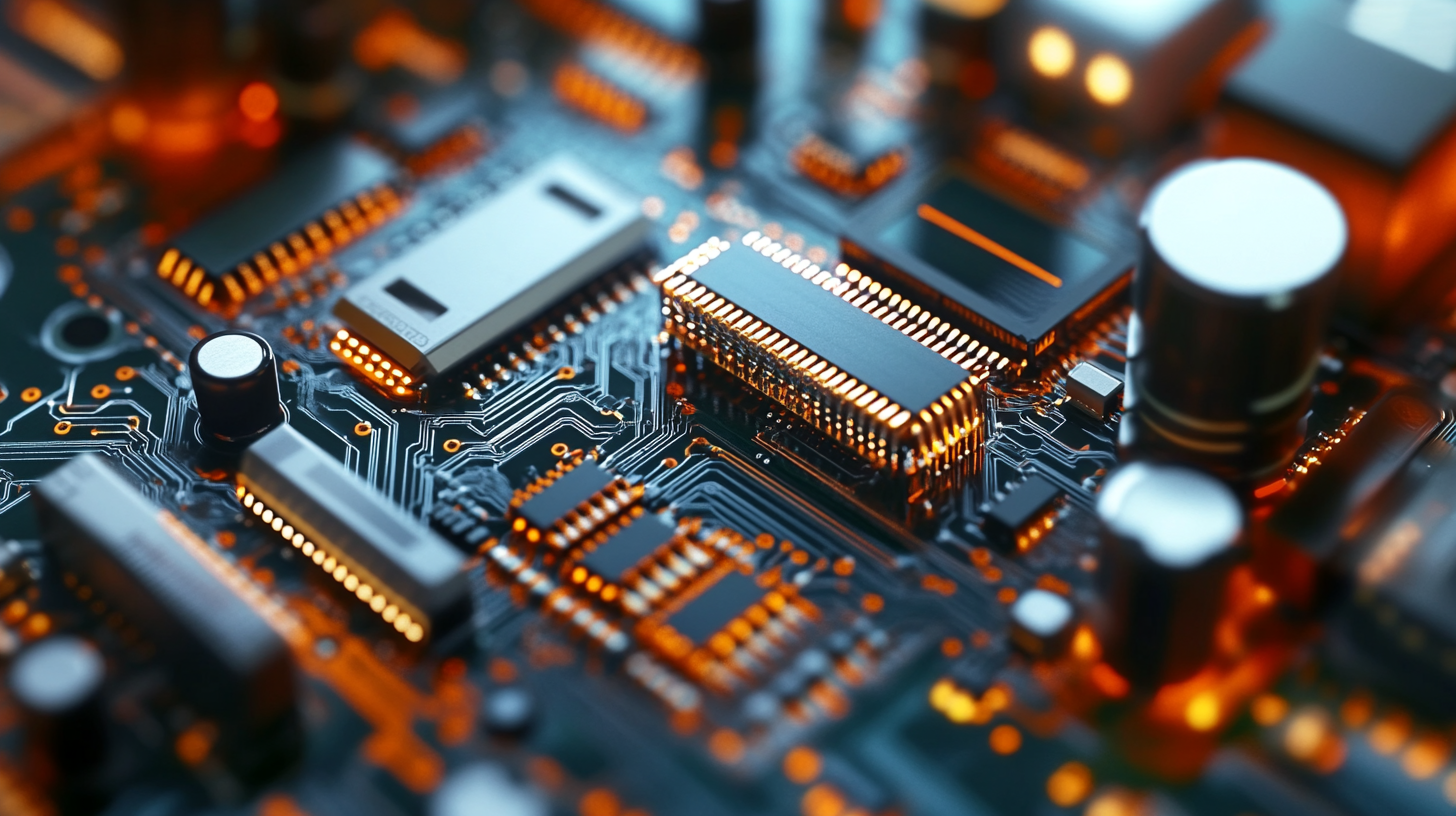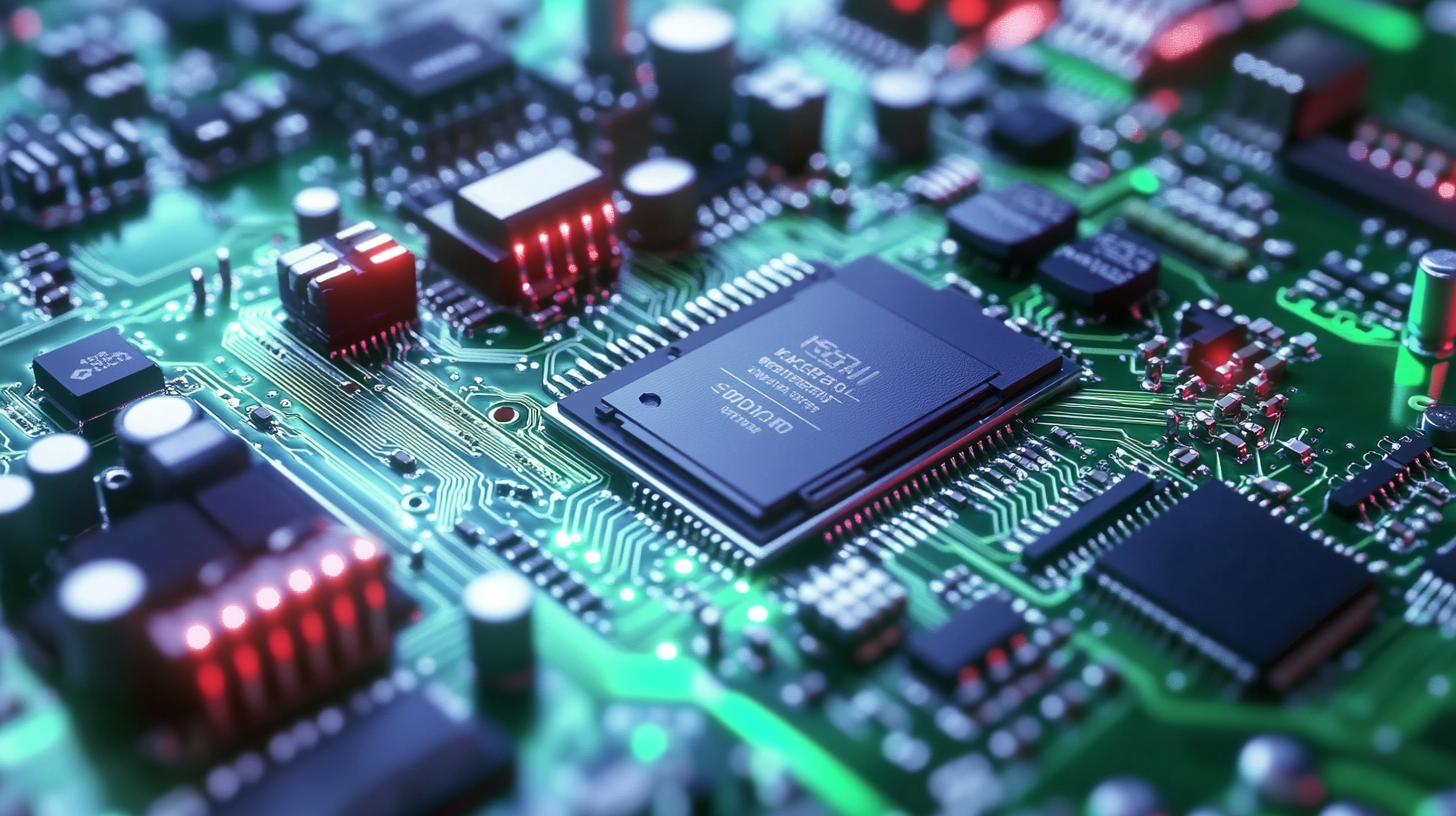- PCB Assembly
- PCB Fab
- Resources
- Company
- Blog
Mastering the Art of Best Printed Circuit Board Assembly Step by Step Guide
In the rapidly evolving electronics industry, the effectiveness of Printed Circuit Board Assembly (PCBA) plays a crucial role in determining product reliability and performance. According to the IPC's 2022 APEX EXPO report, the global printed circuit board market is projected to reach USD 80 billion by 2026, driven by advancements in IoT, automotive electronics, and medical devices. This growth underscores the importance of mastering PCBA techniques to cater to varying product characteristics and application scopes. Whether it's for consumer electronics, telecommunications, or specialized devices, understanding the nuances of each type of product ensures optimal assembly processes. In this comprehensive guide, we will delve into the best practices for PCBA, providing a step-by-step approach to help industry professionals enhance their assembly skills while maintaining quality and cost-effectiveness.

The Importance of Selecting High-Quality PCB Manufacturing Facilities
The quality of printed circuit boards (PCBs) can significantly impact the overall performance of electronic devices. According to a 2022 study by IPC, 78% of manufacturers cited PCB assembly quality as a key factor in reducing product failures. Therefore, selecting high-quality PCB manufacturing facilities is essential. Facilities that adhere to international standards such as IPC-A-610 ensure that the boards produced meet stringent reliability criteria, ultimately resulting in longer-lasting, more efficient electronic products.
Tips for selecting PCB manufacturers include reviewing their certifications and past performance metrics. Manufacturers with ISO 9001 certification are known for maintaining high-quality management practices. Additionally, consider their technology and equipment; companies utilizing advanced techniques, such as automated optical inspection (AOI), generally produce higher accuracy boards. A survey by Research and Markets in 2023 indicated that companies investing in cutting-edge manufacturing technologies saw a 30% improvement in product reliability.
Lastly, communication plays a vital role in the manufacturing process. Ensure that your chosen facility values open dialogue, as clear communication can clarify design specifications and mitigate potential issues early on. Facilities that have a responsive support team and provide regular updates throughout production can lead to a smoother assembly process and enhanced end-product quality.
Key Stages in the PCB Assembly Process: From Design to Production
The PCB assembly process is a critical phase that transforms design concepts into functional electronic devices. The journey begins with careful design, which typically utilizes software tools like Altium Designer or Eagle. According to a report by the IPC, over 85% of PCB faults stem from design issues, underlining the importance of thorough validation and verification during this stage. Designers must ensure that their layouts optimize performance while adhering to industry standards to prevent costly redesigns later in the process.

Once the design is validated, the production stage commences, which involves several key steps: component sourcing, PCB fabrication, assembly, and testing. The global PCB market size was valued at approximately $70 billion in 2020 and is expected to grow at a CAGR of over 4% through 2027. Sourcing quality components is essential, as using subpar materials can lead to reliability issues. Furthermore, assembly techniques such as Surface Mount Technology (SMT) have gained traction due to their efficiency and compactness, with SMT components accounting for more than 50% of all assembly processes. Testing is the final step to ensure that each board operates as intended, with automated optical inspection (AOI) now a standard practice in the industry, enhancing defect detection rates significantly.
Understanding the Role of Surface Mount Technology (SMT) in PCB Assembly
Surface Mount Technology (SMT) has revolutionized the way printed circuit board (PCB) assemblies are manufactured and assembled. Unlike traditional through-hole methods, which require components to be inserted into drilled holes, SMT allows components to be mounted directly onto the surface of the PCB. This innovation not only reduces the size of the assembly, enabling more compact designs, but also enhances the performance and reliability of electronic devices. With SMT, manufacturers can place a larger number of components in a smaller area, thus increasing the density of the circuit board.

Moreover, SMT facilitates automated assembly processes, which can significantly improve production efficiency. By employing pick-and-place machines, manufacturers can quickly and accurately position components on the PCB, minimizing human error and reducing labor costs. Additionally, the use of reflow soldering in SMT allows for stronger, more reliable connections, as the solder is melted and flowed over the joints, providing a uniform application. As the demand for smaller, faster, and more intricate electronic devices continues to grow, understanding the importance of SMT in PCB assembly becomes essential for manufacturers aiming to stay competitive in the industry.
Quality Control Metrics: Ensuring Reliability in PCB Assemblies
In the world of Printed Circuit Board (PCB) assemblies, quality control is paramount to ensuring reliability and performance. Recent industry reports indicate that nearly 80% of electronic failures can be traced back to poor PCB assembly practices, highlighting the necessity of stringent quality control metrics throughout the manufacturing process. Key performance indicators (KPIs) such as defect density, yield rates, and turnaround times serve as essential benchmarks for assessing the quality of PCB productions. Implementing a robust quality control system not only mitigates risks but also enhances overall operational efficiency.
Tips: Regular audits and real-time monitoring of the assembly process can identify potential issues early on. Incorporating advanced inspection technologies, like Automated Optical Inspection (AOI), can drastically reduce defect rates. Furthermore, training employees on best practices in handling components and assembly techniques fosters a culture of quality awareness.
Additionally, integrating statistical process control (SPC) methods into the assembly workflow allows teams to track variations and maintain process stability. Industry studies suggest that companies employing SPC alongside their quality control initiatives can achieve yield improvements of up to 25%. As the demand for reliable and efficient PCBs continues to grow, embracing these quality control metrics and practices will ensure your assemblies stand the test of time.
Emerging Trends in PCB Assembly: Innovations and Future Directions
The printed circuit board (PCB) assembly industry is experiencing a significant transformation driven by emerging technologies and innovative practices. According to a 2023 report by Grand View Research, the global PCB market size is expected to reach $93.48 billion by 2027, growing at a CAGR of 4.8%. This growth is largely fueled by the increasing demand for consumer electronics and the push towards miniaturization, which necessitates advanced assembly methods. As manufacturers adapt to tighter component placements and multi-layered designs, new techniques such as surface mount technology (SMT) and automated optical inspection (AOI) are becoming essential in ensuring quality and efficiency.
Moreover, the integration of Industry 4.0 technologies in PCB assembly is reshaping operational paradigms. Smart factories, driven by the Internet of Things (IoT) and artificial intelligence (AI), are revolutionizing production lines by enabling predictive maintenance and real-time monitoring. A study by MarketsandMarkets indicates that the IoT and AI applications in manufacturing are projected to grow substantially, with estimates reaching $14.2 trillion by 2030. These innovations not only improve yield rates but also reduce production times and costs, allowing companies to remain competitive in an increasingly demanding market. As we move forward, embracing these technological advancements will be pivotal for companies aiming to thrive in the ever-evolving landscape of PCB assembly.
Mastering the Art of Best Printed Circuit Board Assembly Step by Step Guide - Emerging Trends in PCB Assembly: Innovations and Future Directions
| Trends | Description | Impact on PCB Assembly | Future Directions |
|---|---|---|---|
| Automation | Increased use of machines and robotics to enhance assembly processes. | Improves accuracy and reduces labor costs. | Further advancements in AI-driven automation technologies. |
| Miniaturization | Trends toward smaller, more compact PCB designs. | Allows for more functionality in limited space. | Developing new materials that support smaller sizes. |
| Sustainability | Focus on eco-friendly materials and processes. | Reduces environmental impact of PCB production. | Advancements in biodegradable materials and recycling technologies. |
| IoT Integration | Increasing integration of IoT technology within PCBs. | Enhances functionality and connectivity of devices. | Development of more intelligent and connected PCBs. |
| 3D Printing | Adoption of 3D printing technologies in PCB production. | Increases customization and decreases lead times. | Innovation in materials used for 3D printing of PCBs. |
Phone
 WhatsApp
WhatsAppEmail
Offer Electronics Manufacturing All-in-One
PCBONLINE® is a registered trademark or service mark of pcb online limited or its affiliates.
Copyright © 2001-2024 Pcb Online Limited. All rights reserved